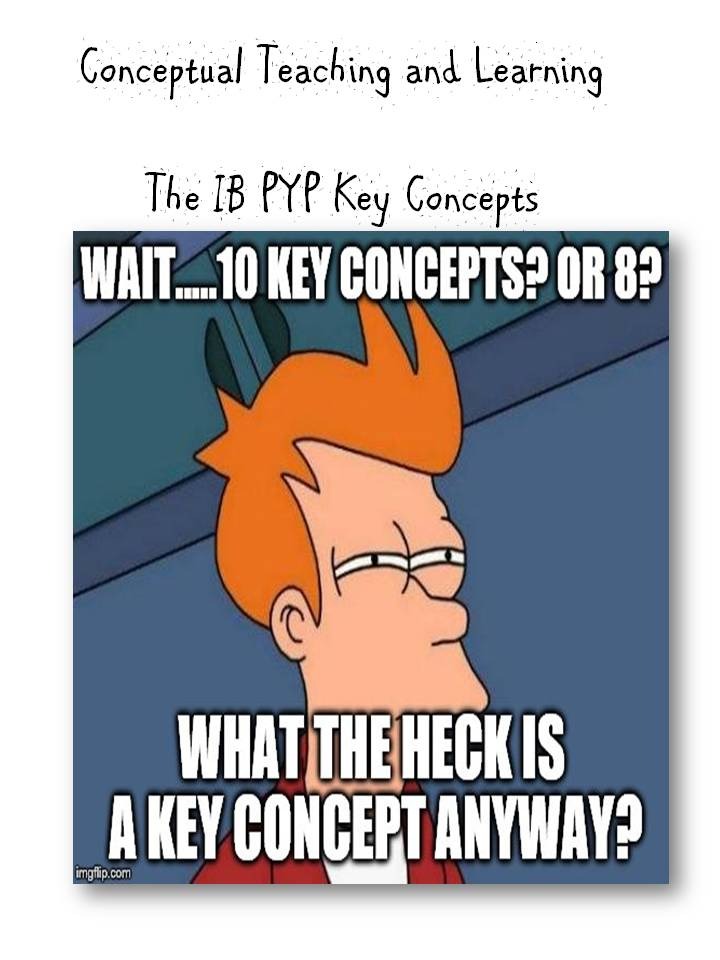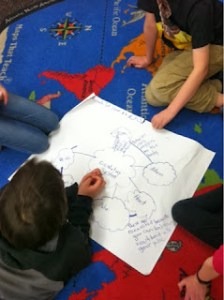Welcome to PYPteachingtools.com
5 Keys to Develop Collaborative Learning Experiences in the IB PYP

There is no doubt that within most of the IB PYP units of inquiry we have those subjects that have to be addressed as "stand alone" lessons that require explicit teaching and a very real need for paper and pencil work. However, when it comes to engagement, we need to remember that hands on investigation, authentic application of the skills and student input is far more memorable for the children, enables transfer of understanding and supports a sense of ownership. Let's talk about the collaborative learning experience. I am using maths and reading skills as an example but it can be applied to any subject. Welcome to OPERATION COOPERATION.
..... it is fundamental to the philosophy of the PYP that, since it is to be used in real-life situations, mathematics needs to be taught in relevant, realistic contexts, rather than by attempting to impart a fixed body of knowledge directly to students -Oxford Mathematics & IBO
I will be sharing some real-world examples from my classroom with m...
Using the IB PYP Key Concepts


What is A Key Concept?
I was asked recent to show a few of our teachers how I incorporate the key concepts into everyday learning. I felt that there may be a few more of you out there who’d also be interested. So, here we go.
The IB PYP now has 7 key concepts that are designed as the lens or the “big picture”of which we look at our lines of inquiry within each of our six units of inquiry. ( 4 units for EYP)
Engaging Learners with Authentic Inquiry

Engagement. You know the scene; the entire class is actively involved in their learning. There’s a quiet buzz going on all around. Children are chatting to each other, conversations are focused discussing ideas, plans, strategies. There is movement around the room, with tools and equipment being independently gathered, heads are together, collaboration is seen all around. You know that you’ve nailed it when the busyness of learning is their business!

But…..and there’s definitely a but, how do we keep this going across the curriculum? Is it too idealistic? Time consuming? Can we cover all standards this way? Can we really trust the kids to run with this? How do we, as the teacher, fit it in?
This post isn’t about what engagement looks like in your classroom but rather about how to initiate and maintain the engagement within authentic inquiry focused learning. Engagement is so much more than just keeping the children busy with activities to complete. Far more than simply looking b...

